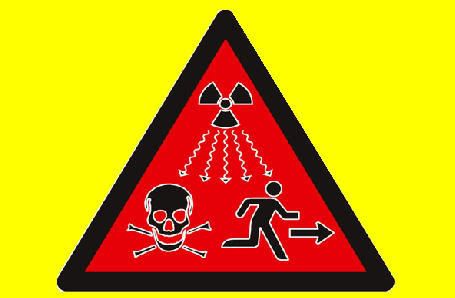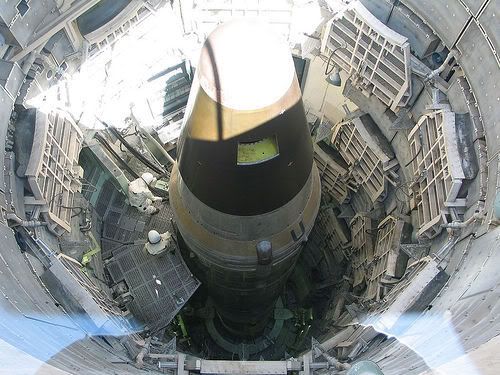
From the Blog of Union of Concerned Scientists
The Global Nuclear Energy Partnership (GNEP) is a costly and dangerous program that attempts to reuse—or "reprocess"—commercial nuclear waste by extracting plutonium and other materials from spent fuel from nuclear power reactors. Sure, these separated materials can be used to fuel reactors, but they also can be used in nuclear weapons and would be dangerously vulnerable to theft or misuse. That's why the United States stopped nuclear reprocessing more than 30 years ago. Not only will reprocessing seriously undermine U.S. efforts to stop the spread of nuclear weapons and materials, it won't do anything to solve the problem of nuclear waste.
In the waning days of the Bush administration, the U.S. Department of Energy (DOE) released a required environmental assessment of the proposed GNEP program that is now open for public comment. Write the DOE today to urge them to cancel the dangerous GNEP program.
Just a heads up, the deadline for comments is March 16, so write soon! Take action today at https://secure3.convio.net/ucs/site/Advocacy?cmd=display&page=UserAction&id=1884&s_src=socnet&s_subsrc=myspace

{Images linked/Additional Programming and Linkage by DPC}
**Note**
Half-life: the time it takes a radioactive substance to lose half its radioactive energy. After two half lives, a quarter of the sample is unchanged and after three, an eighth. Many highly radioactive materials such as plutonium must go through several half-lives before they become safe to handle without protection. Plutonium has a half-life of 24,000 years.
Links:
Depleted Uranium: Ethics Of The Silver Bullet
The Nuclear Guardianship Library
Victims of the Nuclear Age
Nuclear radiation and its biological effects
Wikipedia: Nuclear reprocessing
Article by Union of Concerned Scientist
Fact Sheet
CRS Report for Congress
Chernobyl Global Radiation Patterns
World Nuclear Association
**Note**
To pretend, as the nuclear industry often does, that a few experiments, test bores or geological surveys is all that is needed to deal with radioactive waste is simply disingenuous or scientifically illiterate or possibly both. Adequate proof will take tens of thousands of years.
The two main dangers inherent in the burial of nuclear waste are air and water contamination.
Air Contamination
Explosive or slow releases of gases from an underground disposal site is theoretically possible. There is unfortunately no reliable way of estimating this danger - there are too many uncertainties concerning actual methods of burial and of possible chemical interactions within a real environment.
Water Contamination
This is generally taken as the most likely mechanism of pollution in connection with waste disposal in rock. Underground waters may come in contact with radioactive elements that have leached out from the waste and contaminate the drinking water of local and distant communities.
In addition to underground burial, various on-site storage schemes are being investigated. Of primary interest is the storage of the spent fuel in large steel or concrete containers. While on-site storage of spent fuel keeps the material at the point of its creation and reduces transportation risks, hundreds of communities around the world are threatened with de facto high level dumps on their doorsteps. Plans also exist for consolidating containerised spent fuel at a few above-ground regional facilities, resulting in a huge number of road transports in containers not designed to withstand credible accidents.
The best solution for the future is that no more nuclear waste should be produced anywhere in the world.
Source

